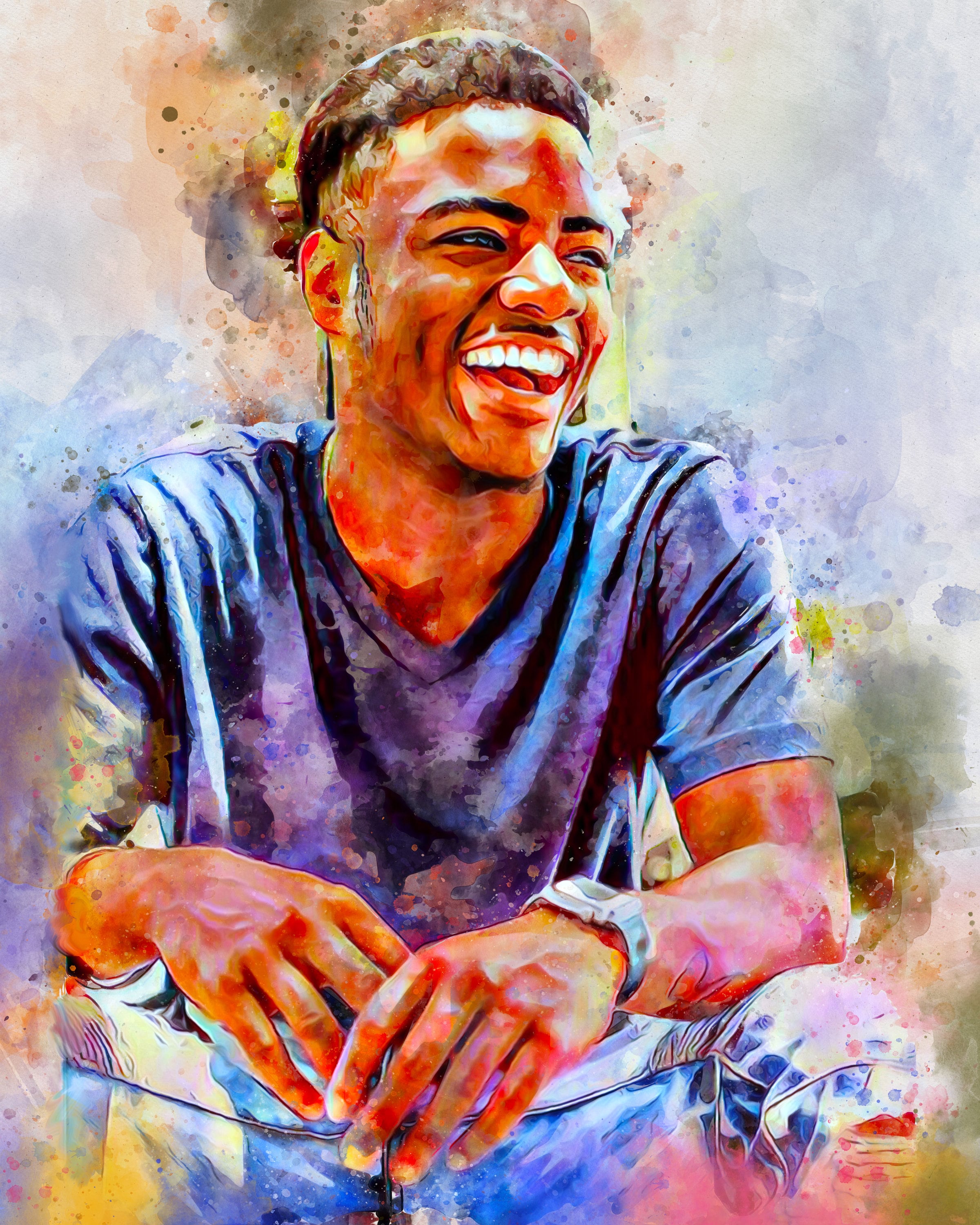
What you’ll practice
Clean light shapes, soft transitions on cheeks and temples, and crisp accents at the eyes, nostril, and lips.
Palette
- Warm/cool primary pairings (e.g., quinacridone rose, burnt sienna, ultramarine, cobalt).
- Mix with lots of water—test on scrap before glazing.
Structure
- Block simple planes first; eyes/nose/mouth align to perspective.
- Reserve highlights early; add small dark accents at the end.
Step-by-step
1
Light map
Draw proportions; paint a very light overall skin wash, leaving top highlights.
2
First shadows
Transparent cools on planes that turn away: under brow, side of nose, under chin.
3
Warm glazes
Cheeks and lips with warm transparent passes; soften edges while damp.
4
Accents
Darkest notes at pupils, lash line, nostril, and lip crease—sparingly.
5
Edge edit
Lift to soften; keep a few crisp edges at focal features.
Tips
- Work bigger than 5×7″ so blends don’t dry instantly.
- Glaze with tea consistency; fewer passes > heavy corrections.
- Keep a clean water jar just for lifting.
Troubleshooting
- Chalky skin: Paint too opaque—use more water and transparent pigments.
- Muddy: Overworked—let dry fully, then glaze a single corrective pass.
- Hard edges everywhere: Re-wet small areas to soften selectively.
